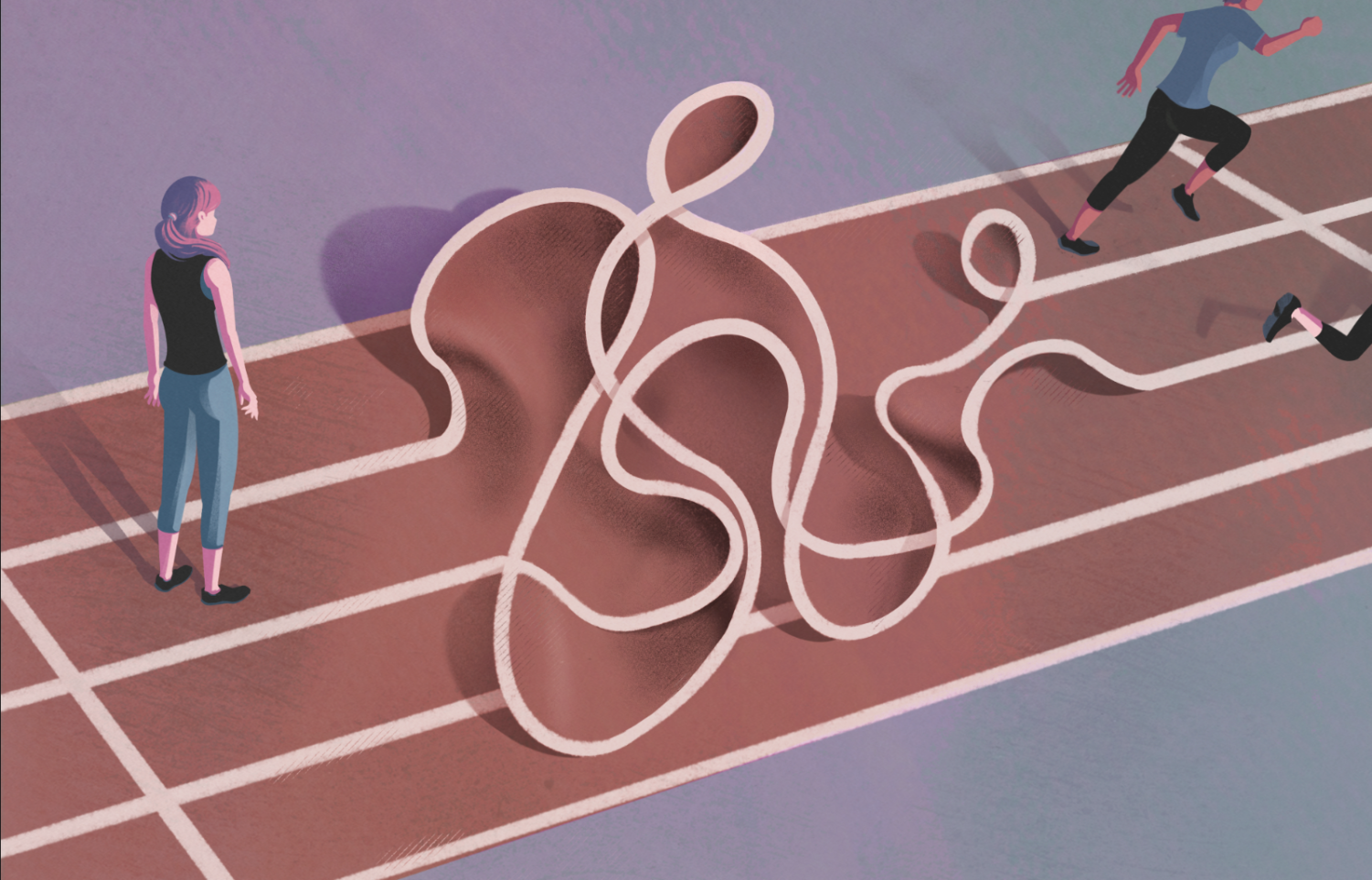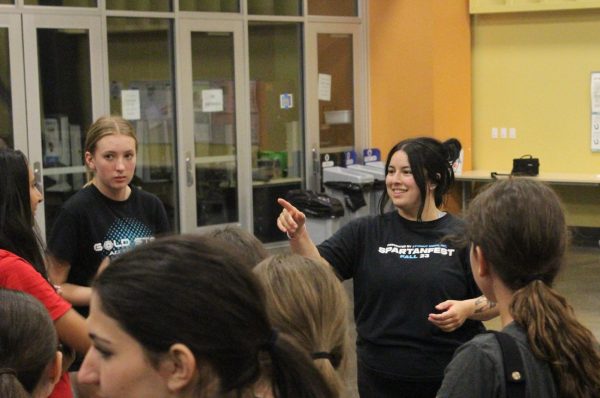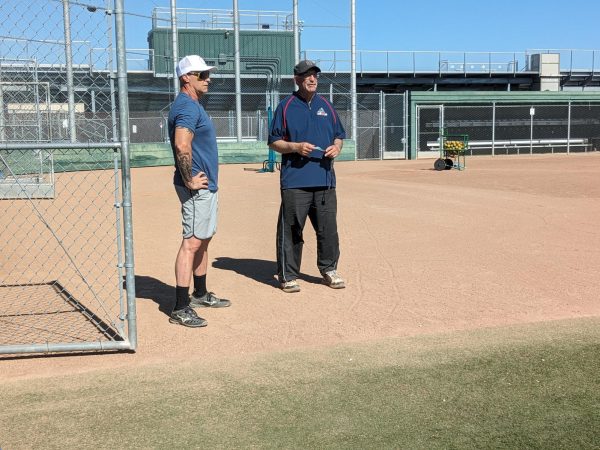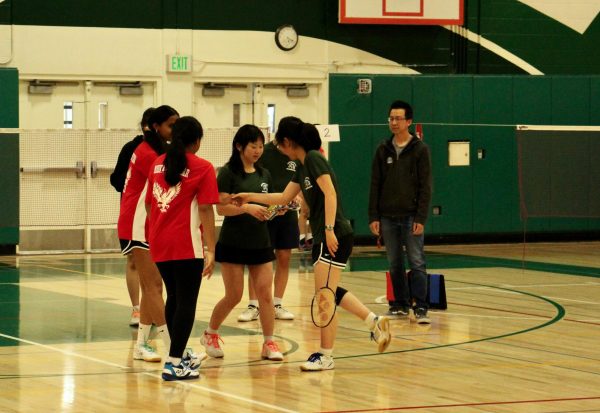Silent battles: transgender athletes in sports
Michael Phelps is an objectively perfect swimmer: hyper-extended joints, double the normal lung capacity, and a disproportionately large torso. Standing as one of the most decorated athletes of all times, words of praise and awe are synonymous with his name, but a word never used to describe Phelps’ biological advantages is “unfair”.
However, not everyone gets off as unscathed as Phelps. For transgender athletes, “unfair” is a word that is all too familiar; complaints of “biological advantages” as warped justification for their veiled transphobia. People praise accomplished athletes, successful because of their biological advantages, whilst condemning transgender athletes for the same thing.
A person’s sex assigned at birth doesn’t predetermine their atheletic success nor does it create any unfair advantage any more than cisgender athlete. Each sport is individualized to require different bodily usage. While Phelps’ 6’4” stature helps in swimming, it would be detrimental in gymnastics, a sport which favors shorter people. The blanket ban on all transgender athletes attempts to level a playing field that not only isn’t meant to be level in the first place, but also doesn’t account for the niche and unique advantages found within each sport.

(Photo courtesy of The Washington Post)
The additional notion transgender women have an unfair advantage over their cisgendered counterparts not only discounts the trans experience but is also widely sexist. The basis tat transgender women have an inherent advantage over cisgender women encourages an unecessary and trivial gender policing. To police transgender women for being “too masculine” is not only a transphobic view point, it is also a flawed one, a sexist notion that unfairly targets cisgender women. Is it fair to police women who naturally produce more testosterone or who are taller than average as their genetics predispose them to athletic advantages?
While untrue claims of “unfair advantages” are constantly felt in the sports world, it definitely doesn’t hold outside. Many have the luxury of not having their rights be a classroom discussion or a news headline, this doesn’t stand true for others. Dressing how you want to, feeling safe outside, being able to not think while going to the restroom; these are just few of the actual problems that transgender people face.
The transgender struggle is not all internal, with 78% of transgender youth facing harassment. This creates a disproportionate amount of transgender people facing ridicule ontop of internal dysphoria and struggle. To top it off, 30% of homeless youth identify as LGBTQ+ which indicates in addition to internal and external ridicule, there is also a foundational lack of support. And with 82% of transgender youth have considered suicide before, this poses a serious problem, that extends far beyond any potential “unfair advantage” being a transgender athlete faces.
The phrase “unfair advantage” completely negates the transgender struggle and boils it down to a so called sports advantage.
While sports differ in playing method, rules, and fan bases, the commonality is the unity sports provides. Sports offer an opportunity for people of all ages to unite within a common love and the so called athletes or fans that attempt to divide transgender and cisgender athletes completely disregard the true purpose of sports.







